Digital transformation: The 5 most common challenges

Image: Shutterstock
Most 21st century entrepreneurs recognise the need and importance of digital transformation. Ask them to describe it, though, and too many will equate it with the haphazard deployment of emerging technologies, which may or may not work in tandem. However, digital transformation is more than just that – It is overhauling a business’ processes to increase efficiency and maximise profits by leveraging technologies old and new.
While that seems fairly straightforward, a survey by McKinsey & Company found that fewer than one-third of these attempts yield sustainable improvements. The key to successful transformations, therefore, lies in understanding and preparing for the roadblocks ventures stumble upon, some of which are:
Too Much or Too Little?
One of the first steps in digital transformation is determining the technologies that will facilitate this sea change. The sheer number of options at a business’ disposal makes this easier said than done, posing a unique dilemma to enterprises – should they dive in headfirst, or ease into the transformation?
Conventional wisdom dictates that starting with a few technologies might make the process simpler and more efficient. And while your mileage might vary, the aforementioned survey found that successful transformations were more likely to have incorporated a variety of technologies. For instance, mobile internet technologies, advanced neural machine learning and design thinking were more often incorporated by organisations that had successfully made the transition than those that hadn’t.
Internal Operations Versus Customer-Facing Processes
It can be tempting to focus on the front-end and customer-facing arms of your business, when it comes to deploying technology. Because of this, organisations have been guilty of mistaking a redesigned user interface for a digital transformation. And while providing an optimal customer experience is integral to a business’ success, this should primarily be done by facilitating facilitate structural changes within the organisation.
McKinsey & Company found that companies that implemented self-serve technology for employees and partners’ internal use were twice as likely to report a successful transformation as their peers that didn’t. This was also true for firms that leveraged digital tools to make information more accessible within the enterprise, paving the way for a more satisfactory customer experience.
Beyond Technology: The Human Element
When most people think of the challenges of a digital transformation, security and budget concerns are among the first that spring to mind. However, the biggest hurdle most enterprises face in the process has little to do with technology and a lot to do with human capital.
The skill gap, which can also lead to resistance from employees, is often cited as one of the key challenges businesses face in the digital transformation process. The deployment of any new technology is accompanied by the need for training and reskilling, which isn’t a bad thing. In fact, it can serve as the perfect opportunity to get your employees to think outside the box, and boost creative problem-solving. It’s no surprise, then, that the success rate of organisations where management encouraged employees to experiment with new ideas was 1.7 times higher than other organisations, cementing the case for a human-centric approach to digital transformation.
Transforming Policies for an Evolving Enterprise
While it may seem like common sense, few companies tweak their policies and practices, despite deploying new technologies. However, changing processes call for appropriate policies, especially in a landscape that’s increasingly conscious of the importance of data privacy and security.
If they are not addressed, concerns relating to data collection, storage and privacy can lead to downtime and lost business. Most countries also have legislation in place, or in the works, to protect customers’ privacy and interests in the digital age. India is no exception; a landmark personal data protection law is set to be introduced in the Parliament later this year. It is, therefore, crucial to work with legal and technological experts to formulate policies that comply with the relevant laws, and protect both you and your customers.
Budgeting for the Unknown
An Altimeter Group survey of 300 technology and business stakeholders found that budget constraints were a concern for organisations across the board, when it came to digital transformation.
This process is widely thought of as being an expensive affair, but it doesn’t have to decimate your budget. Careful, long-term planning can go a long way in helping you minimise the cost and maximise the return on your investment. Unfortunately, though, too many companies fall into the trap of wanting to do everything on their own. However, strategic partnerships with freelancers, service providers and vendors can significantly reduce the costs, and give you access to a pool of knowledge and resources at a fraction of the cost of infrastructure and talent. As for the unknown elements – and there will be many – the tried-and-tested practices of involving your CIO in the budgeting process, adopting an agile approach, and setting aside contingency funds will go a long way in ensuring a smooth transition.



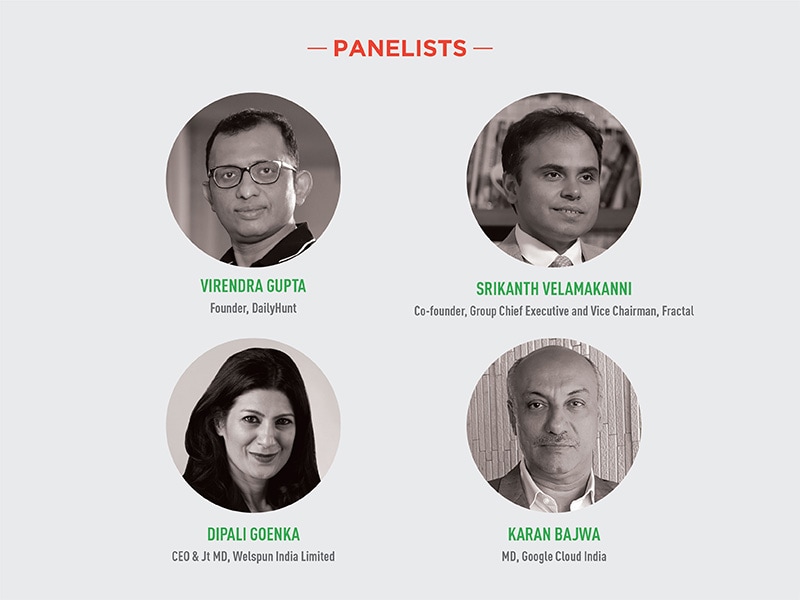
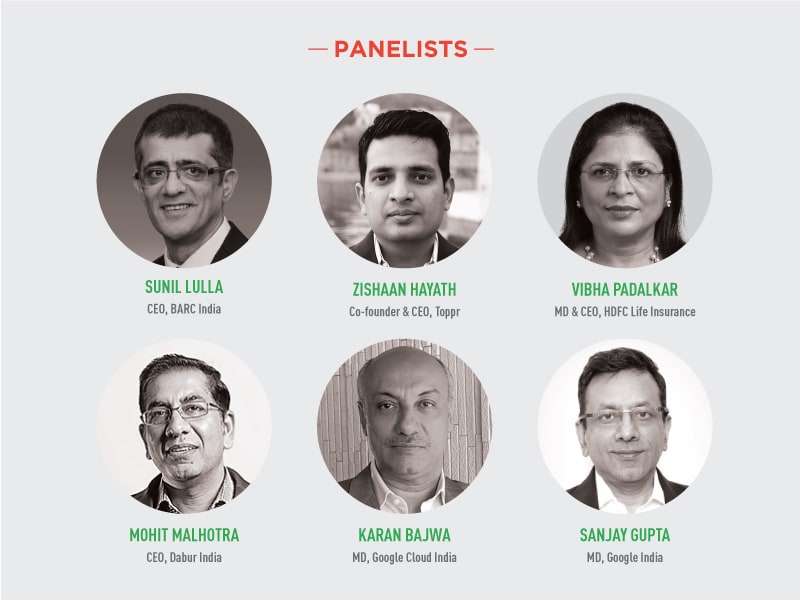
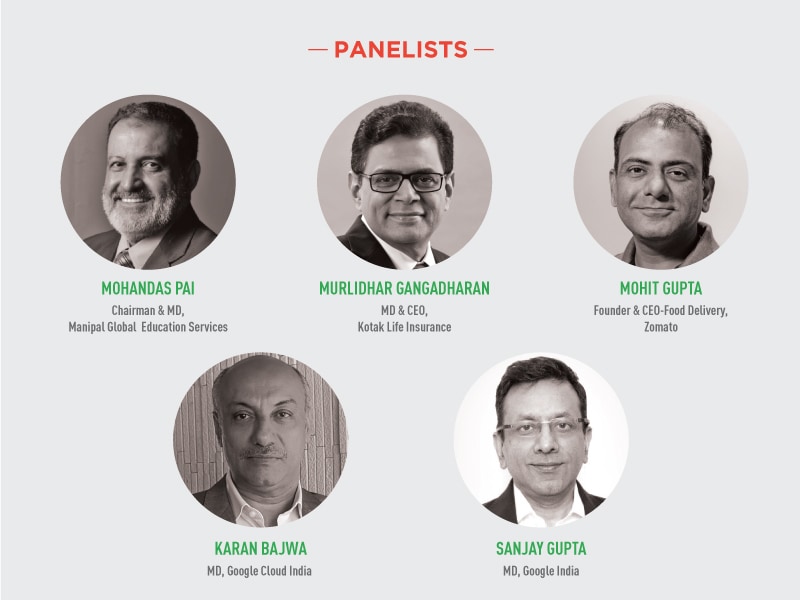
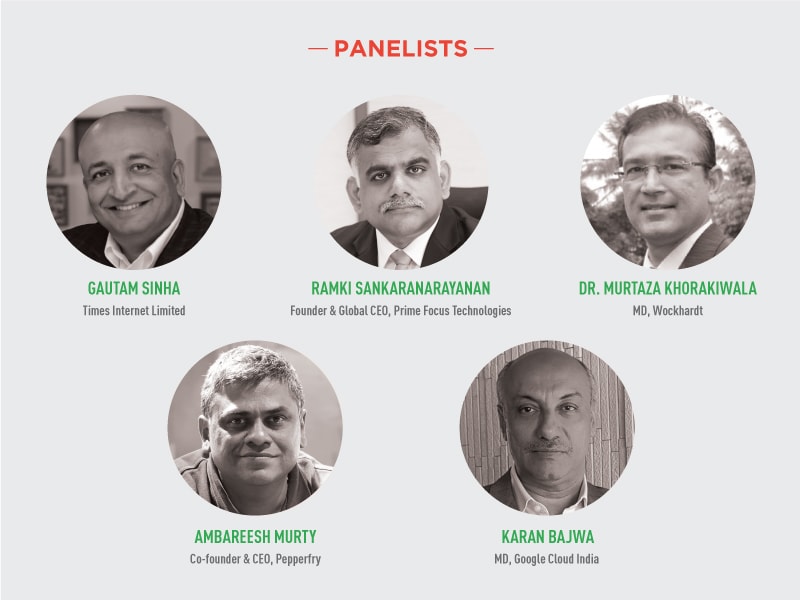
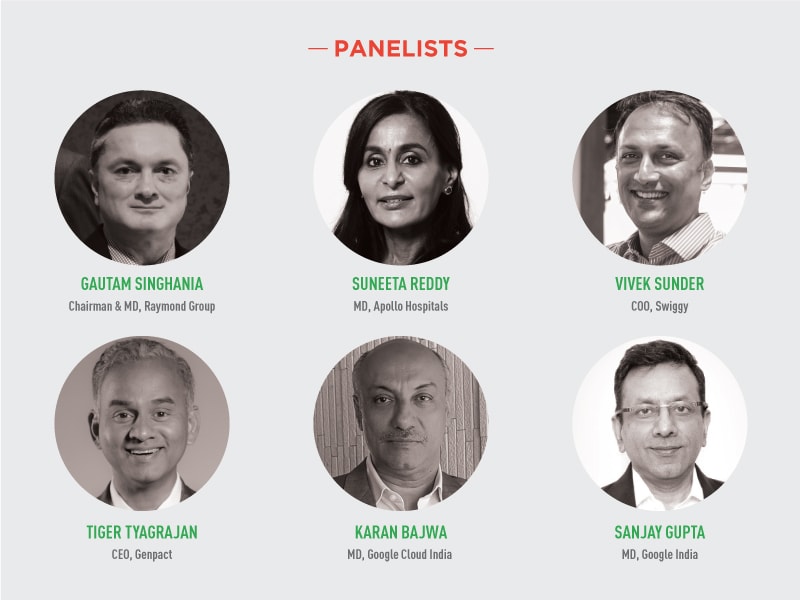

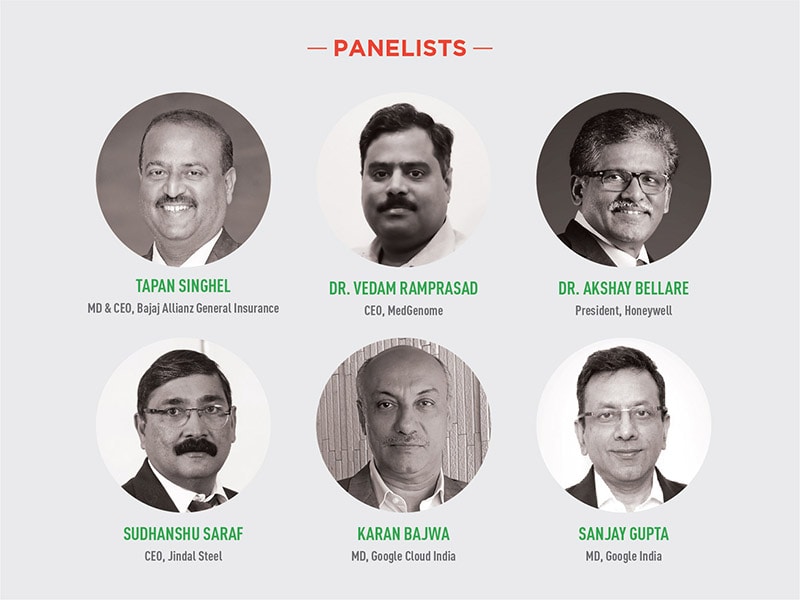
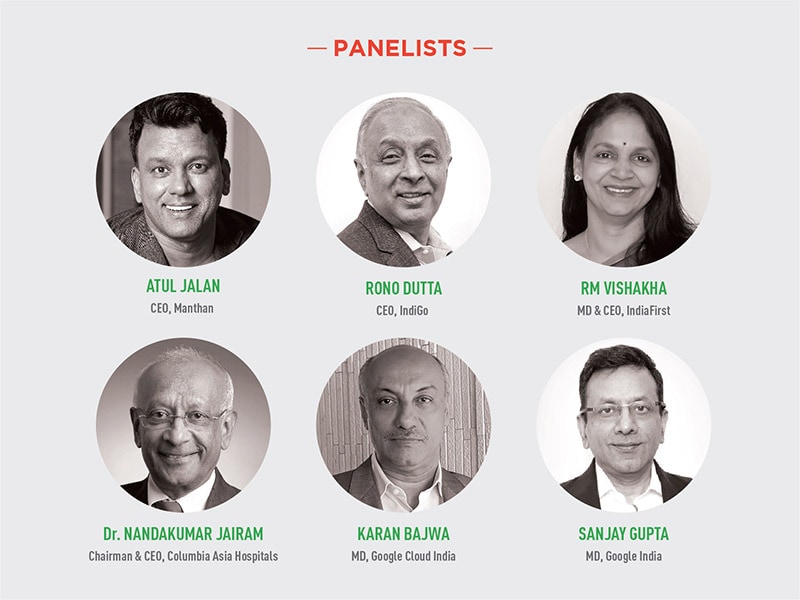
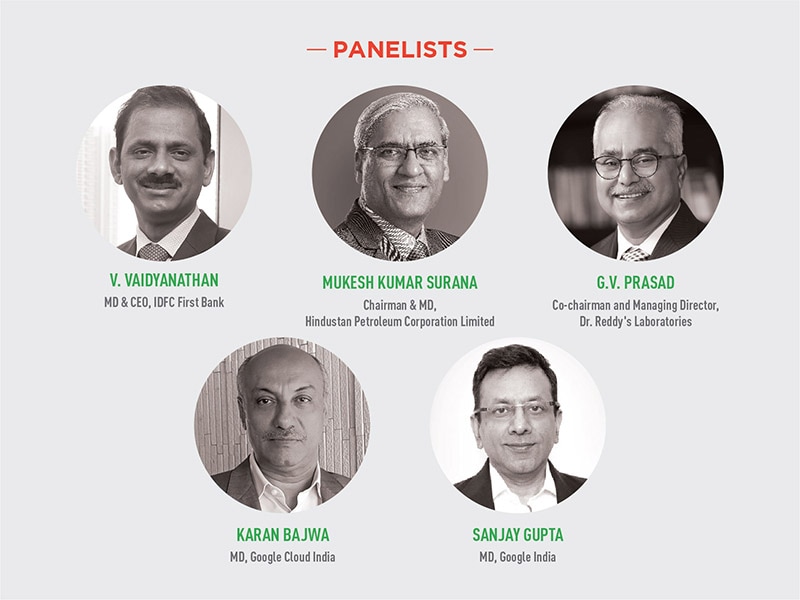

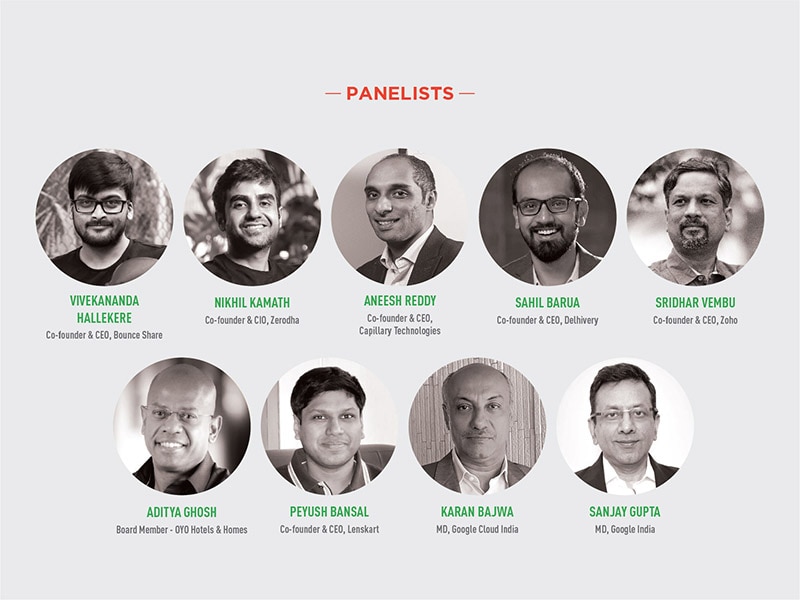

.jpg)











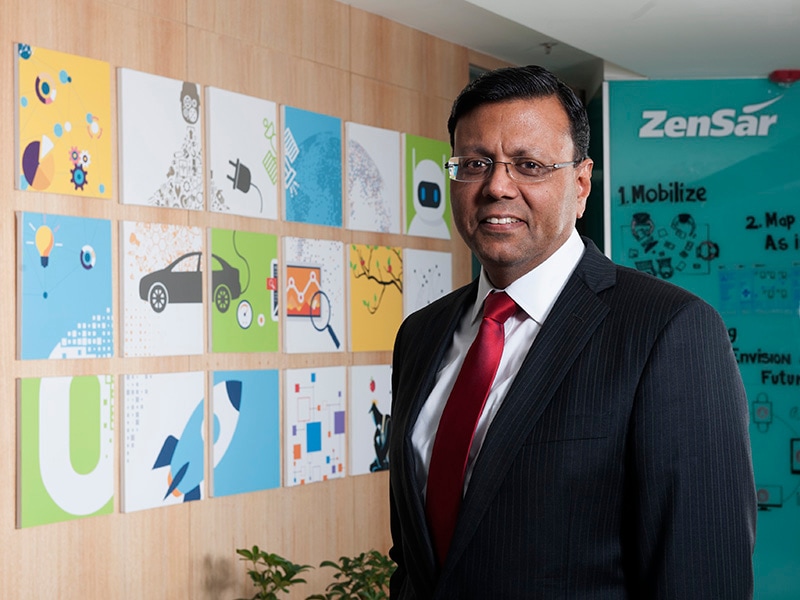

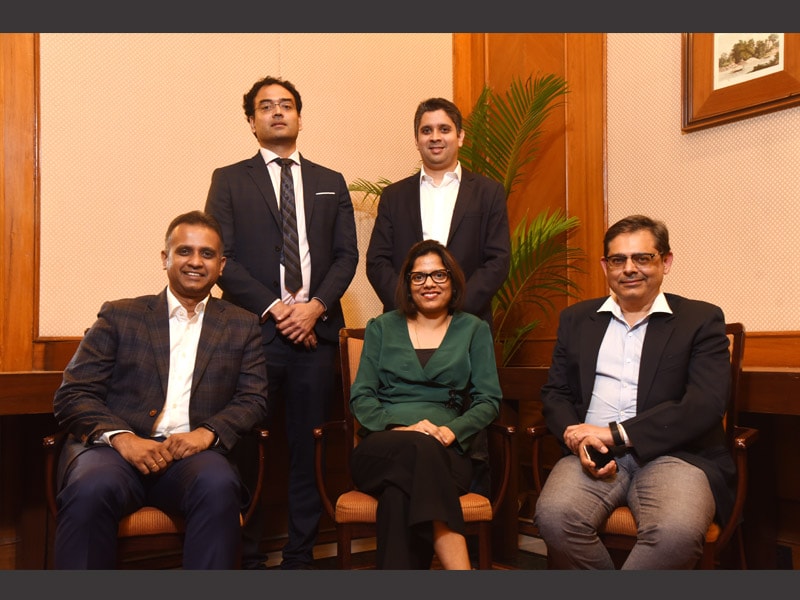










.jpg)





